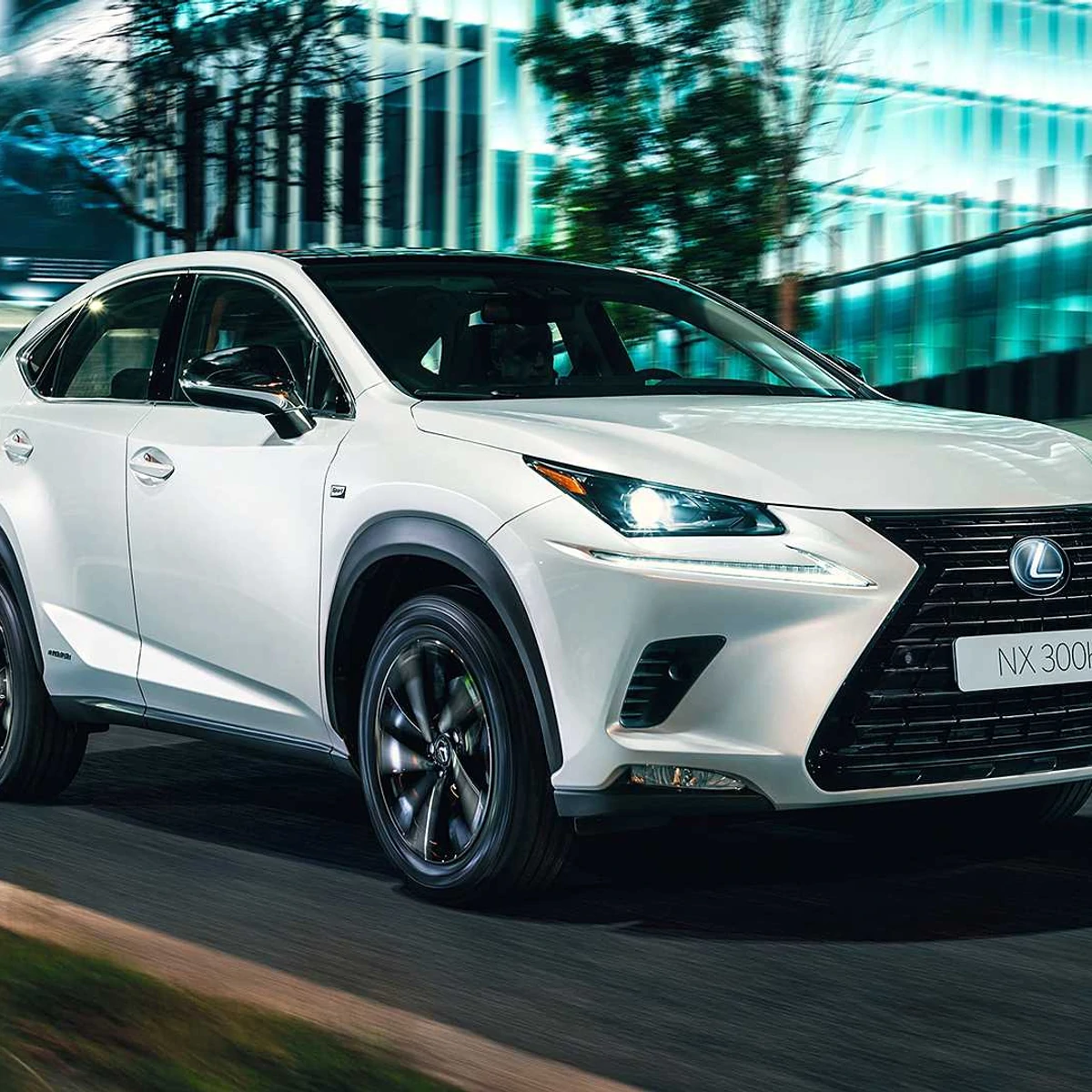
Modern plug-in hybrid - designed to save polar bears?
Content
A plug-in hybrid is nothing more than a car equipped with an internal combustion engine and an electric motor. Unlike a traditional hybrid or mild hybrid, it can be powered by a normal 230V household outlet. Of course, it can also be recharged by a combustion engine while driving. More often than not, however, this type of car driving allows you to cover a certain distance only with the help of an electric motor. Plug-in vehicles typically have a claimed emission-free driving capability of about 50 km. Other vehicles equipped with electric motors - apart from typical electrics, of course - cannot be driven on zero-emission units alone.
What is a plug-in hybrid and why was it created?
You already know more or less what a plug-in hybrid is. However, a few details are worth mentioning. In addition to being able to drive longer, plug-in hybrids have more powerful electric motors. This, of course, is closely related, because they must ensure the efficient movement of the car, in urban or any other conditions, only on a zero-emission unit. If these engines were weak, they would not be able to match internal combustion designs. This is demonstrated, for example, by the Mercedes plug-in hybrid. In addition, it is actually a car, created in some way from a vehicle with an internal combustion engine and an electric motor. So, 2 in 1.
However, a perfectly relevant question arises - if there were already traditional hybrids on the market (for example, from Lexus), why invent another product? Is it better to charge batteries with a home charger or a city charging station than relying on charging while driving? Well the plug-in hybrid isn't exactly relatedącomfortable for you or not. Why can you say that, because the driving experience is very pleasant?
Plug-in hybrids and emission standards
The purpose for which the plug-in hybrid vehicle was created is to meet ever-tightening emission standards. No car is completely green, because although it does not emit harmful substances itself, its production and disposal must pollute the environment. However, it must be admitted that the plug-in hybrid should burn significantly less fuel, which is good news. At least theoretically, this drastically reduces exhaust emissions. And that's the whole theory.
In order not to pay huge fines due to the excess of emission standards by automobile concerns, products are needed that will lower the average. Theoretically, a plug-in hybrid system should consume a maximum of 2 liters of gasoline per 100 kilometers. That's about it as far as manufacturers' claims are concerned, reality shows that users don't charge their cars as often as manufacturers predicted. Hence, of course, more frequent driving on gasoline and significant fuel consumption. And at such moments, batteries with a large mass are an additional ballast that cannot be eliminated.
Interesting plug-in cars
Okay, a little about the pros, a little about the cons, now maybe a little more about the car models themselves? The plug-in hybrid is in the catalogs of many automakers. Let's check out some suggestions.
Plug-in hybrid Skoda Superb IV
The proposal from the VAG group provides a combination of a 1.4 TSI engine and an electric unit. What is the result? The total power of the system is 218 hp. According to the manufacturer, the Skoda Superb plug-in can drive 62 kilometers on an electric motor. However, these values are not achievable. In practice, drivers manage to drive a maximum of 50 kilometers. In general, the difference is not critical, but 20% is a noticeable disproportion. The battery capacity of 13 kWh contributes to efficient movement, but also does not limit the car too much when charging at home. The whole process takes about 6 hours. However, you should be prepared to spend around PLN 140.
Kia Niro plug-in hybrid
This is a vehicle that only comes in electrified versions. You may look in vain for incineration options in the catalog. Of course, there is a plug-in hybrid with a 1.6 GDI internal combustion engine with 105 hp. In addition, a 43 hp electric motor was installed in it. and 170 Nm. The total power of the system is 141 hp, which, in principle, is enough for efficient movement around the city and beyond.
Although the maximum speed that the Kia Niro plug-in hybrid can reach does not exceed 165 km / h, there is nothing to complain about. Although the claimed flow rate of 1,4 liters is rather unattainable, values a little over 3 liters are quite affordable. However, in the combined cycle, values in the region of 5-5,5 liters are considered quite normal. Although Korean cars do not convince everyone, in this case it is a car worth recommending.
Plugin is the future in our country
Now you know the plugin system - what it is and why it was created.You can see that there are more and more such cars in our country. How will the situation change in the coming years? We'll see soon. Maybe we will see a Polish car with an electric motor?
